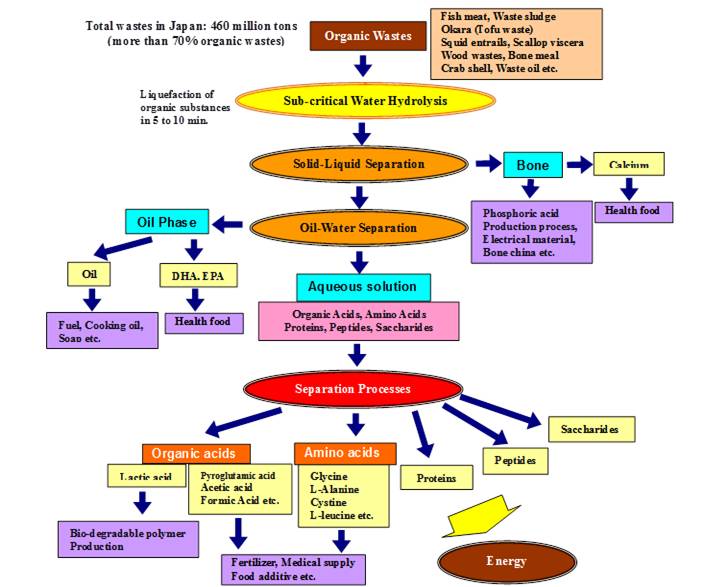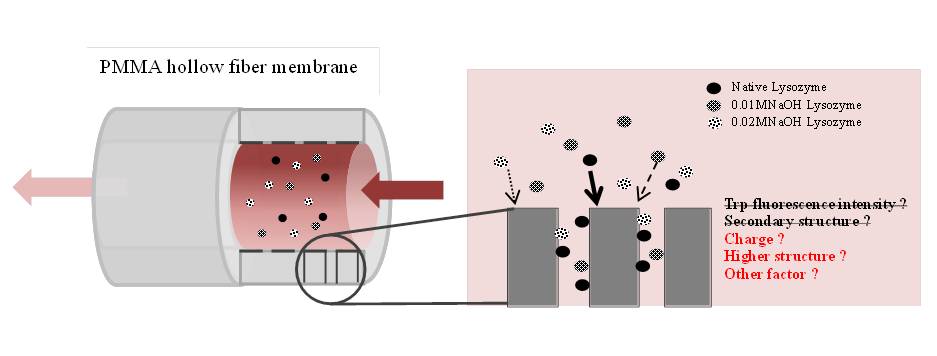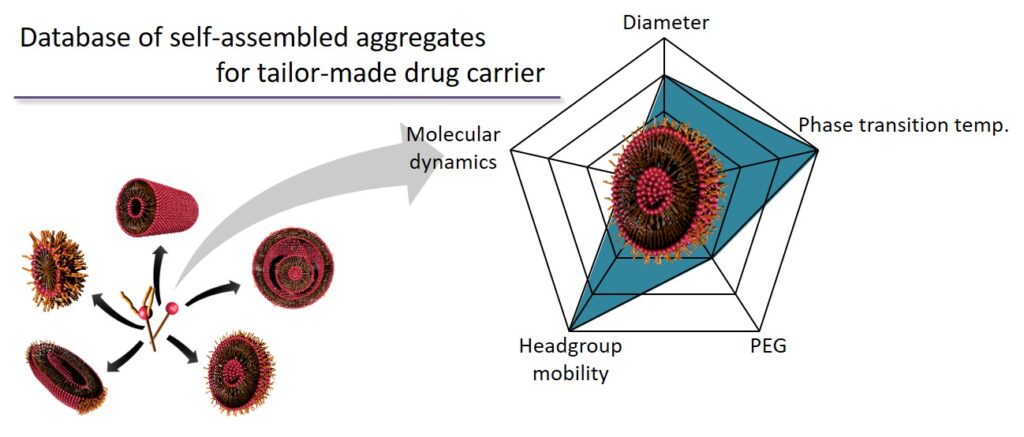Nakamura Laboratory
1. Development of Separation and Recovery Process for Valuable Resources

“Separation technologies” are expanding into the fields of environmental issues, effective use of resources and the research of human life support. Some better known examples include: removal of toxic pollutants from waste water and exhaust gas, recovery of reusable resources from industrial waste and removal of waste matter from blood. Today, 50~60% of expenses incurred by industrial plants is spent on the cost of separation technology. For example, the removal of by-products produced during the production processes of medicine, food, plastic products etc. is a very important part of the process. In this way, separation technology is very important and indispensable to a wide spectrum of industries.
High-performance separation technology using “Adsorption and Ion-exchange” plays an important role in this process. This is the most expecting technology for the complete or selective separation of valuable substances for conversion into usable resources.
In this way, our group has been proceeding with research comprehensively from the fundamentals to application, aiming at developing advanced separation technologies which can be used for systems in various fields such as environmental, nano, bio and medical sciences.
2. Conversion of Organic Wastes to Useful Resources by Hydrolysis and
Extraction Using Sub-Critical Water

In Japan, approximately 460 million tons of wastes are annually generated and more than70 % is organic. Currently, incineration is approved to reduce such a huge volume of wastes in Japan. However, incineration is not economical but produce huge amount of CO2. It is extremely important to consider the wastes as renewable resources. We propose the possibility of using sub-critical water to produce valuable resources and energy. The sub-critical water dose not produce carbon dioxide such as supercritical water oxidation but converts organic wastes to valuable resources by strong power of hydrolysis and extraction. We have proposed the reaction using the sub-critical region of 473–647 K in order to provide much wider and milder reaction conditions and showed that sub-critical water hydrolysis was an efficient method for the production of useful substances such as amino acid, organic acids, fatty acids, oil, heavy metals and so on, from fish meat, waste squid entrails, waste woods and bone meal. After the valuable substances in the aqueous phase were separated and recovered, the residuals were available as substrates for high speed and high efficient methane fermentation process. The kinetic in sub-critical water hydrolysis reaction of organic waste was also performed.
3. Clarification of interaction of denatured protein on artificial dialysis membrane

The hemodialysis therapy is one of the medical practices for the renal failure patients by using a dialysis membrane as an artificial kidney. The dialysis membrane can remove undesirable components from blood, such as blood urea nitrogen, creatine, uric acid and β2-microglobulin. Especially, the removal of β2-microglobulin is important, because the increase of β2-microglobulin concentration induce dialysis amyloidosis. Therefore, high performance membranes has been developed in order to remove effectively middle to large molecular size materials (10 – 55 kDa), such as β2-microglobulin. Polymethyl methacrylate (PMMA) membrane is one of the artificial dialysis membranes. Almost all of dialysis membranes remove undesirable components by fractionation, while PMMA membrane has a characteristic of being to remove by both adsorption and fractionation, and can remove effectively β2-microglobulin in the blood. However, the interaction of proteins, such as β2-microglobulin to PMMA membrane has not been clarified. In this study, the adsorption mechanism of middle to large-size proteins to PMMA membrane was investigated by using model proteins, native lysozyme and denatured one by treated with NaOH. The detectable difference between native and denatured lysozymes was evaluated by tryptophan fluorescence spectra and circular dichroism spectra for estimation of slight structural change of native and denatured lysozymes.
Hayashi Laboratory
1. Development of a Tailor-made Drug Carrier Based on the Database of Physicochemical Properties

Amphiphilic molecules form various kinds of self-assembled aggregates, such as micelles vesicles and emulsions. Physicochemical properties of self-assembled aggregates are dependents on the formation. It has been reported that these properties are related to the function as a drug carrier (Colloids Surf. B, 152, 269-276 (2017)). For example, mobility of surfactants within vesicles is much slower than that within micelles in spite of similar composition by sorbitan based nonionic surfactants. It seemed that these formation-dependent physicochemical properties are related to the function as a drug carrier, such as encapsulation efficiency, controlled release, stability in the blood, drug delivery efficiency for the cells. This in turn necessitates the creation of a database on the formation-dependent features of self-assembled aggregates. The compilation of a database on the formation-dependent features of self-assembled aggregates can contribute to a deeper understanding of the relationship between the properties and function of drug carriers and finally, easier designing of an optimal drug carrier i.e. a tailor-made drug carrier.